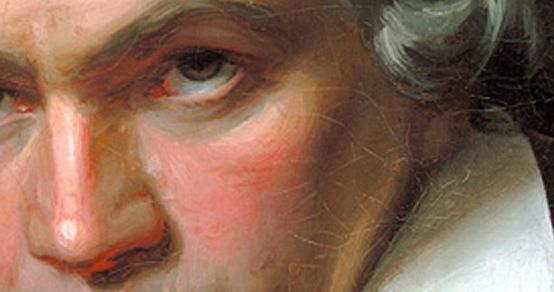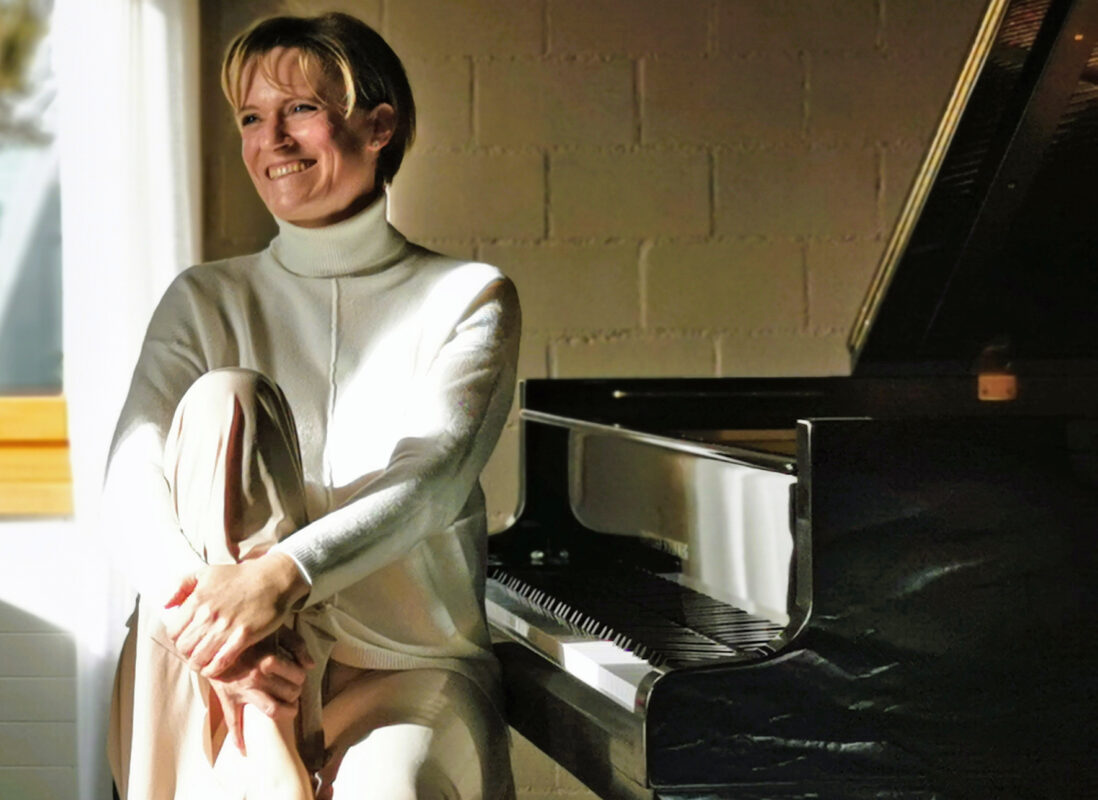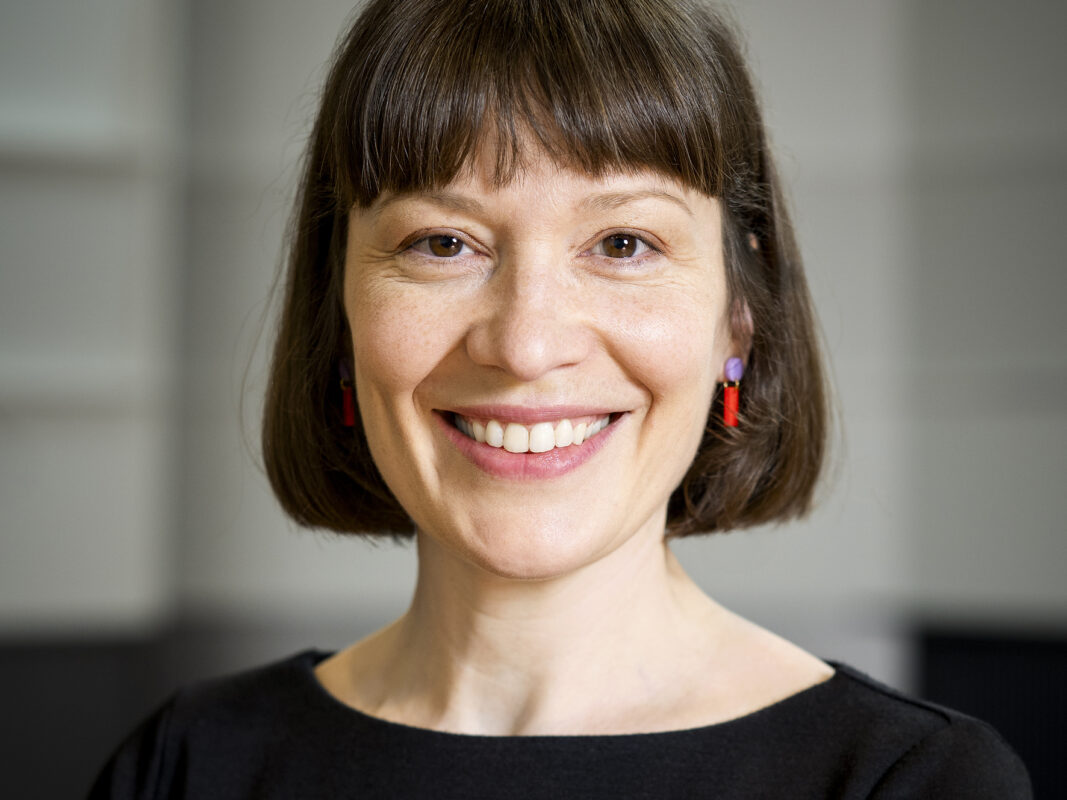The creatures of Prometheus
Beethoven every Friday: to mark his 250th birthday, we take a look at one of his works every week. Today on the ballet music "The Creatures of Prometheus"

When Prometheus once stole fire and brought it to mankind, he laid the foundation for civilization. The wheel and the deep plate soon followed as clever innovations. Recently, however, a widespread ignorance of social coexistence, the still unconquered hunger in the world and the now noticeable climate change is spreading - combined with socially acceptable doubts about science. It is thanks to Epimetheus, Prometheus' brother, whose name means 'the one who thinks after', that this could happen. Incidentally, he married the beautiful Pandora - the one with the box of all evil ...
Ludwig van Beethoven tells a somewhat different story in his ballet music The creatures of Prometheus op. 43, a commissioned composition for the Italian ballet master Salvatore Viganò (1769-1821), who worked in Vienna between 1799 and 1803 and became ballet director at La Scala in Milan in 1811. Neither a scenario nor the original choreography have survived. Nevertheless, the mythical events set to music in an introduction and 16 musical numbers can be reconstructed on the basis of the playbill: In Beethoven's reading, Prometheus breathes life into two human clay statues with the flame of heaven, but is unable to awaken their reason. After a higher voice prevents him from destroying his work, he leads the creatures to Mount Parnassus, where Apollo not only gives them reason and feeling, but also a sense of nature and art.
Although the ballet as a whole enjoyed considerable success with 29 performances, it did not meet with a lasting response from contemporaries. In the Newspaper for the elegant world it said quite soberly in 1801: "Whether Mr. van Beethoven was able to achieve what an audience like this one demands, given the unity - not to say uniformity - of the plot, I will leave undecided. But that he wrote too learnedly and with too little consideration for the dance for a ballet is beyond doubt. … This already begins with the overture. In any great opera it would be in its place and would not fail to have a significant effect; here, however, it is in the wrong place." And indeed, the overture is an almost symphonic movement with a slow introduction and a broad development section. It is probably no coincidence that Beethoven uses the opening seventh chord as an almost quotation-like reference to the effective opening of his First Symphony; the opening of the Prometheus-final, however, returns in the Eroica again.
Listen in!








